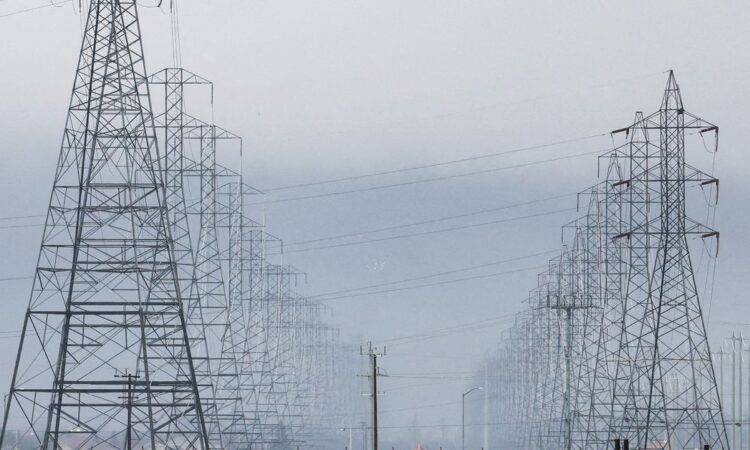
June 6 (Reuters) – U.S. power consumption will ease in 2023 from last year’s record high as slower economic growth and milder weather depress usage, the U.S. Energy Information Administration (EIA) said in its Short-Term Energy Outlook (STEO) on Tuesday.
EIA projected that power demand will slide from a record 4,048 billion kilowatt-hours (kWh) in 2022 to 4,010 billion kWh in 2023, before rising to 4,067 billion kWh in 2024 as economic growth ramps up.
EIA projected 2023 power sales would ease to 1,496 billion kWh for residential consumers and 990 billion kWh for the industrial sector, but rise to 1,374 billion kWh for commercial customers.
That compares with all-time highs of 1,522 billion kWh for residential consumers in 2022, 1,382 billion kWh in 2018 for commercial customers and 1,064 billion kWh in 2000 for industrial customers.
EIA said the natural gas share of power generation would rise from 39% in 2022 to 41% in 2023 before sliding back to 39% in 2024. Coal’s share will drop from 20% in 2022 to 16% in 2023 and 2024 as gas and renewable output rises, it said.
The percentage of renewable generation will jump from 22% in 2022 to 23% in 2023 and 25% in 2024, while nuclear power’s share will hold at 19% in 2023 and 2024, the same as 2022, it said.
EIA projected 2023 gas sales would slide to 12.96 billion cubic feet per day (bcfd) for residential consumers, 9.57 bcfd for commercial customers and 22.71 bcfd for industrial customers, but rise to 34.32 bcfd for power generation.
That compares with all-time highs of 14.32 bcfd in 1996 for residential consumers, 9.66 bcfd in 2022 for commercial customers, 23.80 bcfd in 1973 for industrial customers and 33.20 bcfd in 2022 for power generation.
Reporting by Scott DiSavino; Editing by Will Dunham
Our Standards: The Thomson Reuters Trust Principles.






